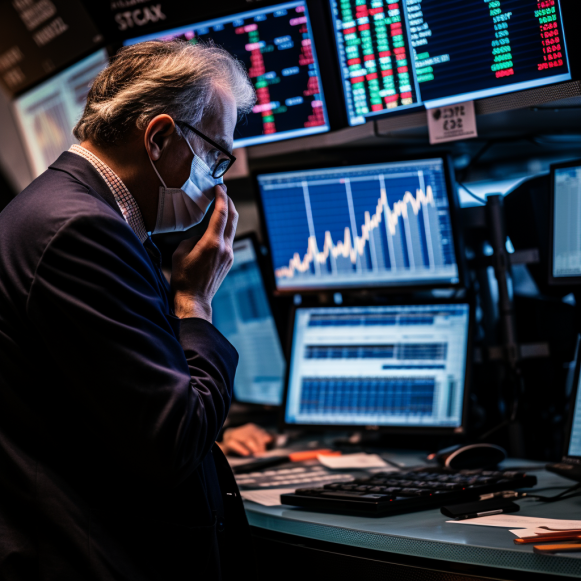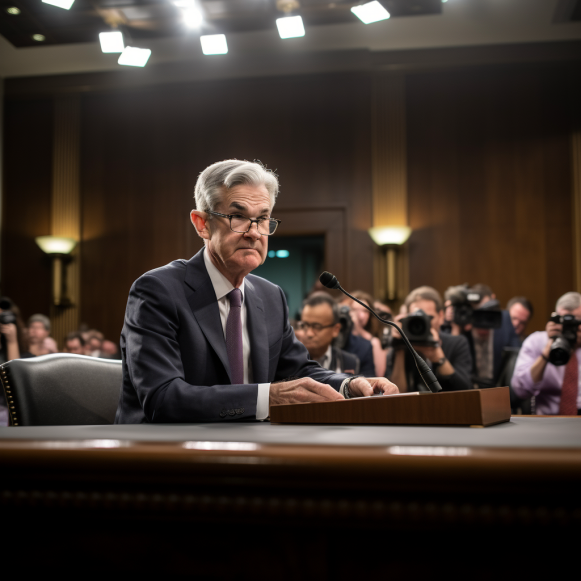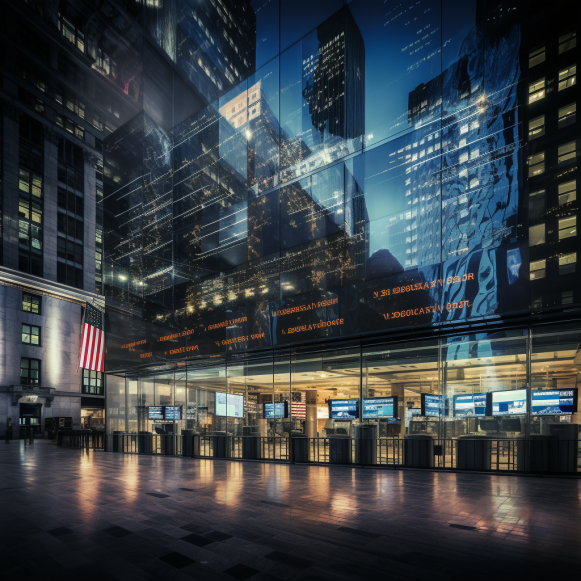One of the most accurate Wall Street strategists in 2022 shares 3 reasons a recession is still on the way — putting stocks in danger of a significant pullback

- Piper Sandler’s Michael Kantrowitz still sees a recession ahead for the US economy.
- He says unemployment claims data often looks benign before revisions make a trend more obvious.
- According to RBC, the average recessionary bear market is a stock drawdown of 32%.
When new employment data is released, investors, for the most part, take it at face value. However, revisions to this data are frequently just as important as initial releases, as they can dramatically reshape the narrative surrounding the health of the US economy, for better or worse.
Strong initial unemployment claims data that were later revised downward, according to Michael Kantrowitz, chief investment strategist at Piper Sandler, has gotten investors into trouble in previous recessions. And he suspects it will happen again.
Kantrowitz recently highlighted unemployment claims data prior to the Great Recession in a note to clients. Using the data as it was reported at the time, it appears that claims did not begin to rise until February of 2008. According to the revised data, a clearer trend begins in September of 2007.
According to preliminary data, jobless claims were less than 300,000 in September 2007, rose to around 350,000 in November, and then fell back to around 300,000 in January 2008. According to the revised data, jobless claims rose from slightly more than 300,000 in September 2007 to 360,000 in December, then fell to 320,000 in January 2008 before rising again. Essentially, the revised data is less volatile and clearly shows an uptrend.
“If you look at claims back in 2007 and 2008, you’ll see a VERY different story from today’s revised data compared to what investors knew AT THE TIME,” Kantrowitz wrote in a note dated October 4.
He linked to Wall Street Journal articles from January 26, 2008 and January 29, 2008, which depicted a relatively calm outlook despite the impending carnage.
Jobless claims were very low in the first week of October, at 209,000, and there has been a general trend downward in claims since they peaked in June at 265,000.
However, Kantrowitz, who was named the third-best strategist on Wall Street in an October 2022 Institutional Investor survey, believes that unemployment claims will eventually rise and that a recession is still the best-case scenario. In recent months, he has cited indicators such as slowing manufacturing activity and an inverted Treasury yield curve as evidence of an impending downturn.
He simply believes that some market observers are not being patient enough. Prior yield curve inversions have taken more than a year for jobless claims to begin to meaningfully trend upward.
“A common objection to a hard landing is that ‘it takes a long time for employment to weaken.’ Is it?” Kantrowitz inquired. “When you look at the inversion of the yield curve as a starting point, we are well within the window of rising claims compared to the few recessions we’ve seen.”
Furniture sales, interestingly, are another indicator that tells Kantrowitz that jobless claims will begin to rise. According to data from The Conference Board, spending on furniture as a percentage of total spending (shown by the inverted blue line in the chart below) is now declining, implying that consumers are feeling squeezed. Historically, this has resulted in an increase in unemployment claims.
What does this mean for the stock market?
The S&P 500’s year-end price target range for 2023 is 3,600-3,800, according to Kantrowitz. With the index currently hovering around 4,320, a drop to 3,600 would represent a 16% drop. But only until the arbitrary deadline of December 31, 2023. Kantrowitz stated in an email on Friday that he does not yet have a target date for 2024.
Looking back at previous recessions, stocks have experienced larger declines than a 16% drop. According to RBC, the average decline in the S&P 500 during the previous 13 recessions was 32%. However, the range of outcomes has been wide, with pullbacks ranging from 15% to 57%.In a recession, stocks fall as unemployment rises and consumer spending falls, reducing corporate earnings.
Jeremy Grantham and Gary Shilling, for example, are currently forecasting significant stock declines. At the same time, some on Wall Street have begun to back off their recession forecasts as the US economy has shown signs of strength, the most recent of which was the addition of 336,000 jobs in September. Bank of America and JPMorgan strategists, for example, both lowered their forecasts for a 2023 recession earlier this year. Despite his recession warning, Kantrowitz raised his S&P price target for 2023 from 3,400 to its current range.
However, as Kantrowitz warns, data revisions in the coming months may begin to tell a different story, especially given the Fed’s intention to keep rates high in order to slow consumer demand.






